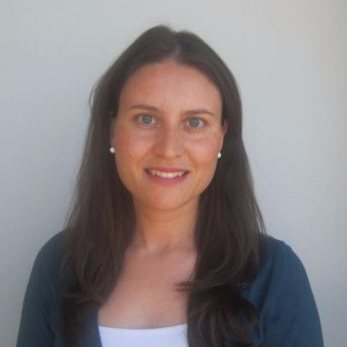Water Management: New Paradigms for Water Treatment and Reuse
A special issue of Water (ISSN 2073-4441). This special issue belongs to the section "Wastewater Treatment and Reuse".
Deadline for manuscript submissions: closed (31 October 2022) | Viewed by 38963
Special Issue Editor
2. Institute of Science and Environment, University of St. Joseph, Rua de Londres 106, Macao 999078, China
Interests: water and wastewater treatment; environmental biotechnology; environmental engineering; phytomanagement; bioremediation; phytoremediation; nature-based solutions; freshwater ecosystem conservation and restoration; education for sustainability
Special Issues, Collections and Topics in MDPI journals
Special Issue Information
Dear Colleagues,
New paradigms for water treatment and reuse are needed towards a sustainable water management. This applies to contaminated water bodies or wastewater scenarios. The natural and urban water cycles are interconnected needing of a holistic approach to deal with the concerns related to water availability, water quality and water-related risks.
The current main drivers for development of water treatment schemes are based on water reuse, resource recovery and energy efficiency. Different approaches for water treatment and reuse can be envisioned based on physicochemical or biological processes that must meet the demand of industrialization, demographic constrains and climate change effects. A water wise management lays the foundation for the resilience of circular and resourceful cities to future challenges.
Under this perspective, this Special Issue of Water welcomes research and new insights on technologies for an efficient water treatment and management, through high tech solutions and nature-based approaches at the level of the buildings, urban sites or centralized treatment plants. Submissions are welcome in the format of original research papers, case studies, as well as systematic reviews.
Dr. Cristina Sousa Coutinho Calheiros
Guest Editor
Manuscript Submission Information
Manuscripts should be submitted online at www.mdpi.com by registering and logging in to this website. Once you are registered, click here to go to the submission form. Manuscripts can be submitted until the deadline. All submissions that pass pre-check are peer-reviewed. Accepted papers will be published continuously in the journal (as soon as accepted) and will be listed together on the special issue website. Research articles, review articles as well as short communications are invited. For planned papers, a title and short abstract (about 100 words) can be sent to the Editorial Office for announcement on this website.
Submitted manuscripts should not have been published previously, nor be under consideration for publication elsewhere (except conference proceedings papers). All manuscripts are thoroughly refereed through a single-blind peer-review process. A guide for authors and other relevant information for submission of manuscripts is available on the Instructions for Authors page. Water is an international peer-reviewed open access semimonthly journal published by MDPI.
Please visit the Instructions for Authors page before submitting a manuscript. The Article Processing Charge (APC) for publication in this open access journal is 2600 CHF (Swiss Francs). Submitted papers should be well formatted and use good English. Authors may use MDPI's English editing service prior to publication or during author revisions.
Keywords
- water quality
- water cycle
- water pollution
- water resources
- physicochemical treatment
- biological treatment
- nature-based solutions
- circular cities
- ecotechnologies
- biotechnology





